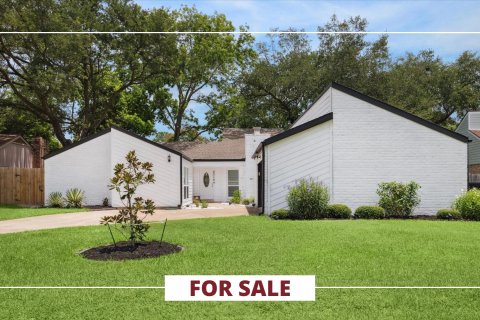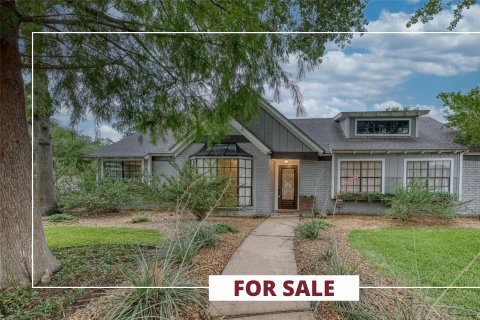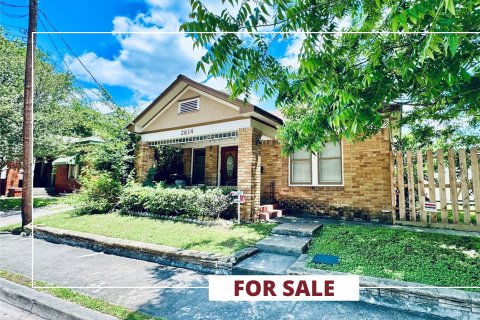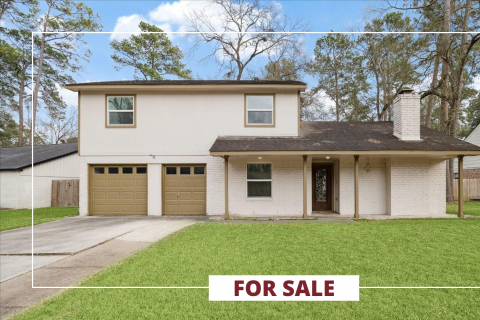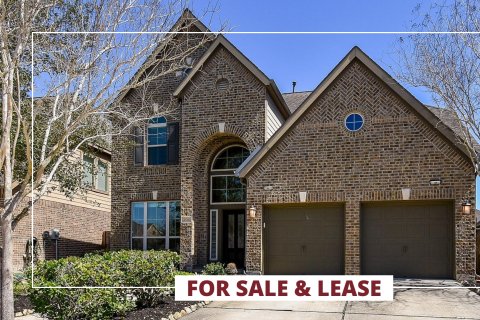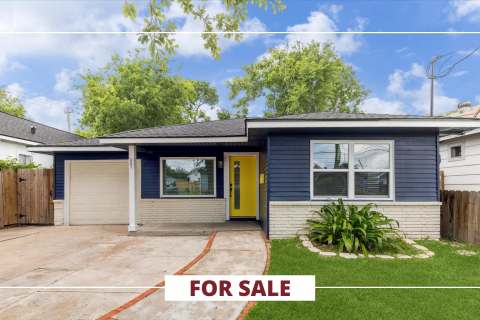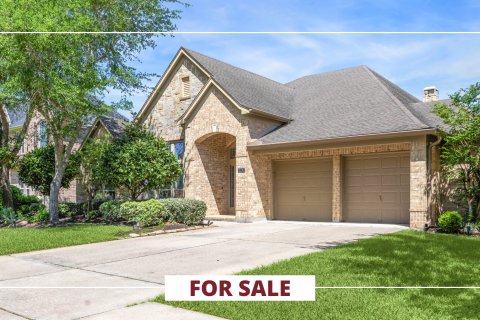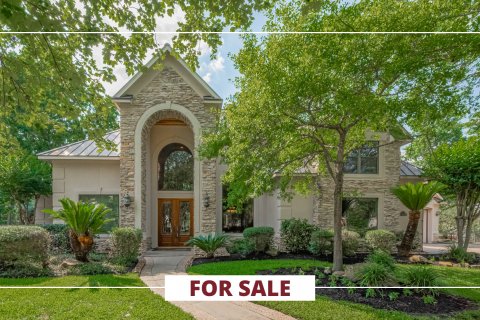10 Days In Bogotá — Colombia’s Capital City and Its Underrated Restaurant, Architecture and Biking Wonders Are Within Easy Reach of Texas
Where You Should Be Going
BY Cole Von Feldt // 06.23.23A lofty rooftop view of Quinta Camacho, the city of Bogotá beyond, and the Andes Mountains. (Photo by Cole Von Feldt)
A five-hour direct flight from DFW International Airport, or four and a half from Houston Intercontinental, will take you to the Colombian capital city of Bogotá.
With a population hovering near eight million people, Bogotá boasts a myriad of cultural marvels from institutions clad in the characteristically Colombian red brick to decadent cuisine with international influence. As the third highest world capital with an elevation of 8.612 feet, it takes some adjustment to the altitude, but is certainly not a deterrence to the walkability of the city.
Bogotá is home to notable universities and other cultural institutions, and continues to shine in an international context as a contemporary hub of gastronomy and architecture.
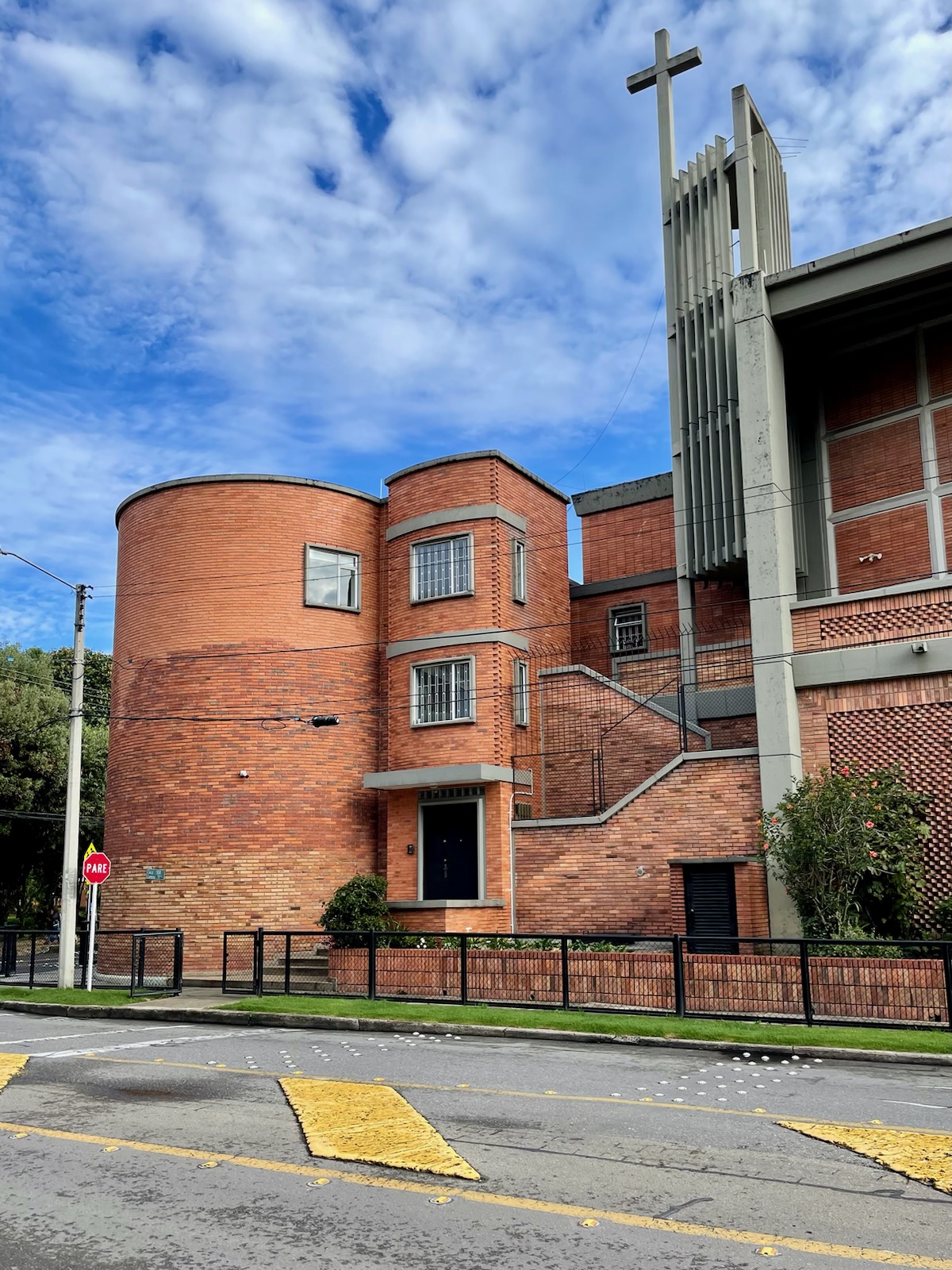
La Candelaria, The Center of it All
The city center La Candelaria is colonially anchored around Plaza Bolívar and its immediately adjacent government buildings – a common layout of Latin colonial cities. Nearby are the must visit Museum of Gold, Botero Museum and Fragmentos, which is a beautiful space of art and memory created after the peace treaty with Las Farc, Latin America’s oldest guerrilla group.
Also nearby is the Centro Cultural Gabriel García Márquez, named after the 1982 Nobel Prize in Literature recipient and Colombia’s most famous author. As a vital community center to La Candelaria, it is also the last building designed by famed architect Rogelio Salmona.
Paired with uniquely Colombian cultural spaces is extraordinary food. A mere three-minute walk from the Botero Museum will take you to La Puerta Falsa, an intimately packed dining room that boasts the best tamales in the city.
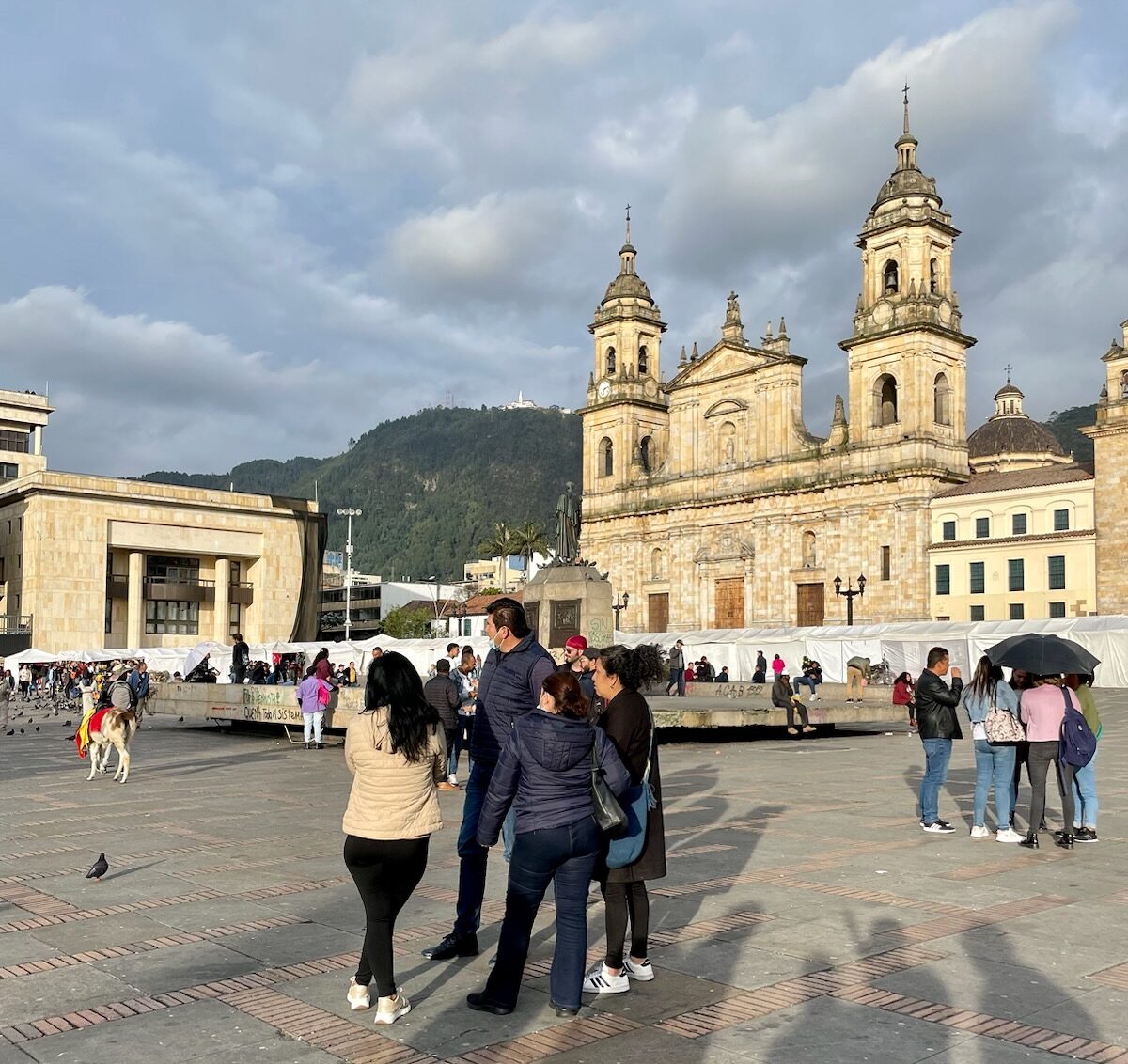
No trip to La Candelaria would be complete, though, without a visit to Prudencia – the seven-course gastronomic heaven. Located in a nondescript but elegantly renovated former colonial home, the dining experience at Prudencia takes place in both the semi-outside garden and under an iron and glass canopy by famed local architect Simón Vélez.
The creative geniuses behind Prudencia are married couple Mario Rosero and Meghan Flanigan. After living in many locations around the world, including London, Los Angeles and Austin, they met in Bogotá. Rosero’s passion for cooking, combined with his experience working in restaurants decades prior, eventually persuaded him to create Prudencia.
Rosero and Flanigan’s ingenuity, boldness and international experience creates an unexpected harmony of flavors that includes Wagyu beef bavette, beetroot and pineapple kimchi and a buckwheat chocolate tart.

A Charming Neighborhood Uptown
Quinta Camacho is an intimate and well-planned upscale neighborhood that is centrally located within the city of Bogotá. Deviating from the renowned brickwork that is characteristic of Bogotá, Quinta Camacho has a distinct Tudor-style built landscape thanks to English influence during the 20th century. The houses famous to this neighborhood have, in recent years, been turned into restaurants, architecture offices and bookstores thanks to conservational efforts.
Librería Wilborada 1047 is an alluring bookstore with plenty of architectural character that is common of the original houses of the neighborhood. A short walk from there is Restaurante La Herencia which serves traditional Colombian food in a comfortable domestic setting. This is a perfect place to take lunch by yourself or with up to nine friends.
Two other food recommendations are Abasto for breakfast and Sauvage for a delectable French cuisine dinner in a cozy atmosphere.

Slightly further northward is Harry Sasson, which is regarded as one of the best restaurants in Latin America. Located in a marvelous and expansive former hacienda, the impressive wine list pairs with famous dishes, particularly the Encocado – a popular Colombian specialty of citrus seasoned fish cooked in a sauce of coconut milk, cilantro, onions and bell pepper.
Mere minutes from all that Quinta Camacho has to offer are Lucitania Hotel and Casa Legado – two charming local hotels. Ten blocks north of Lucitania, in the El Retiro neighborhood, are the chic local boutiques of Tienda Artesanías de Colombia and Cachivaches, in addition to popular lunchtime destinations Árbol del Pan and Crepes Artesano 81.
Notable Architecture of Bogotá
Two striking architectural marvels in Bogotá are located just minutes from each other, but exude different architectural languages in their cultural contributions to the city, while a third architectural wonder has received much international acclaim.
El Tropicario, located in the Bogotá Botanical Garden, is a series of six enclosed and connected glass modules. Each is dedicated to a different ecological collection of plant life and therefore vary in height, temperature and humidity. Designed by Medellín-based architecture firm DARP, each structure has different thicknesses and filters of glass which allow for natural ventilation, sunlight and a direct visual connection to the surrounding botanical garden.
A water collection system is also implemented so that the structures themselves, in addition to the plants they house, act as an educational tool for the unique local ecology. A singular path winds throughout each of the six collections, allowing for visitors to interact with plants at varying heights.

Biblioteca Pública Virgilio Barco is designed by arguably Colombia’s most famous architect Rogelio Salmona and is a masterful use of brick, concrete and water. The library is recessed into the site, creating a clear separation from its urban context and providing the user with a more naturally immersive experience. From the inside, one does not perceive the city and on a clear day the eastern range of the Andes Mountains is visible.
The entry procession on the first level is along a grand reflecting pool, which hugs the circular shape of the building, and provides the first exposure to the geometric design influences of the institution. The main reading room has two levels with slightly sloping ramps and is flooded with constant natural light from the north and northeast, creating an ethereal experience for cultural inclusion.

Also designed by Salmona is what is commonly regarded as one of the most important multifamily housing projects in Latin America: Torres del Parque. This complex, which was the centerpiece of a 1981 Colombian architectural exhibition at Centre Pompidou in Paris, contains three towers that mimic the nearby Andes Mountains as they soar skyward.
From the upper levels of the private residence there is a beautiful view of the city and adjacent bullfighting venue Plaza de Toros, below. The remarkable openness in the composition of the design, especially given the intense topography, speaks to the democratic nature of Salmona’s designs which provides agency to the citizen. The ground floor contains boutiques, cafes and hairdressers, allowing for an energized and accessible public space that does not tout exclusivity, but is instead transparently welcoming. A testament to quality human-centered design.
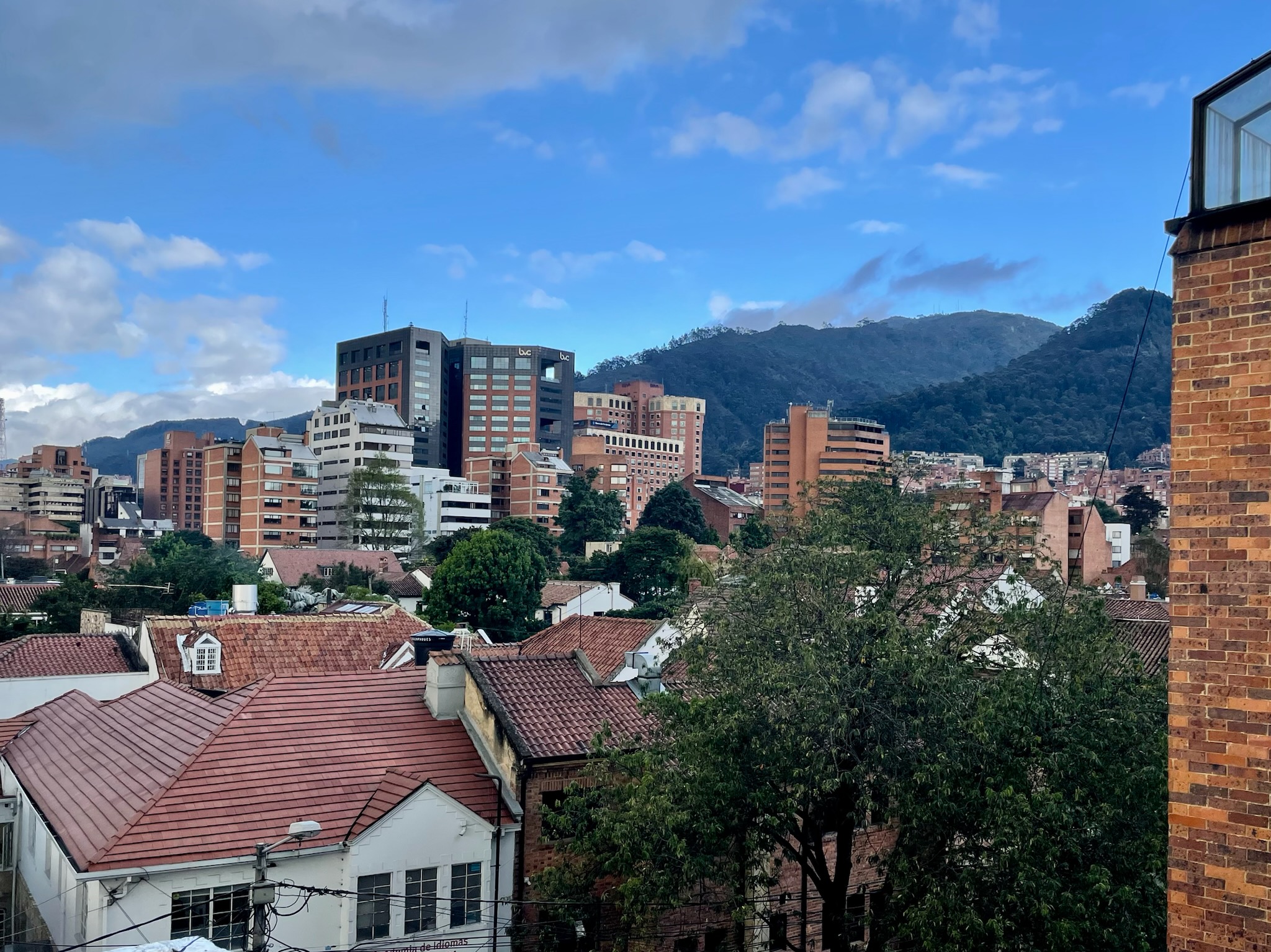
Cycling Northward
An active way to feel like a local is through participation in the Sunday Ciclovía, when Bogotá closes a majority of its roads for civilian cyclist usage. Cycling is a transformative way to see any city, especially Bogotá as this is a more accessible approach to managing its sometimes-tricky topography. Accompanying the Ciclovía each Sunday is the Usaquén market which attracts both locals and tourists to the stores and food vendors around its park.
Adjacent to Usaquén is an impressive contemporary use of Bogotá’s famous brickwork in the expansion of the Santa Fe de Bogotá Foundation Hospital by famed local architect Giancarlo Mazzanti. The innovative brickwork, part of the project’s competition requirements, creates a fabric-like appearance that allows for significant natural light penetration into patient rooms and furthers the use of local red Colombian brick in the 21st century of architectural history.
The profound quality in the gastronomy and architecture of Bogotá should be on every travel enthusiast’s radar, as the 10 days I spent in Colombia’s capital were rather refreshing and inspirational.
Cole Von Feldt is an architectural designer, photographer and writer educated in Austin and Copenhagen and trained in New York and Houston. He currently lives and works in New York.

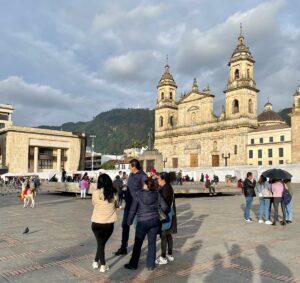
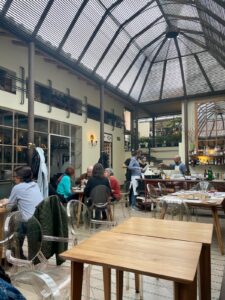

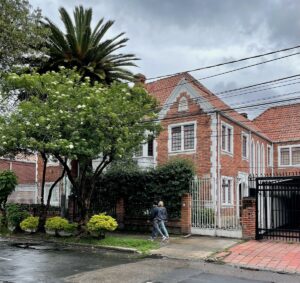

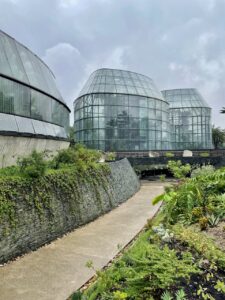


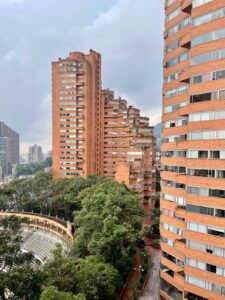
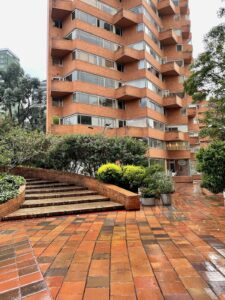

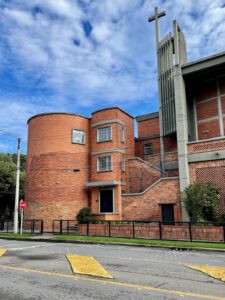
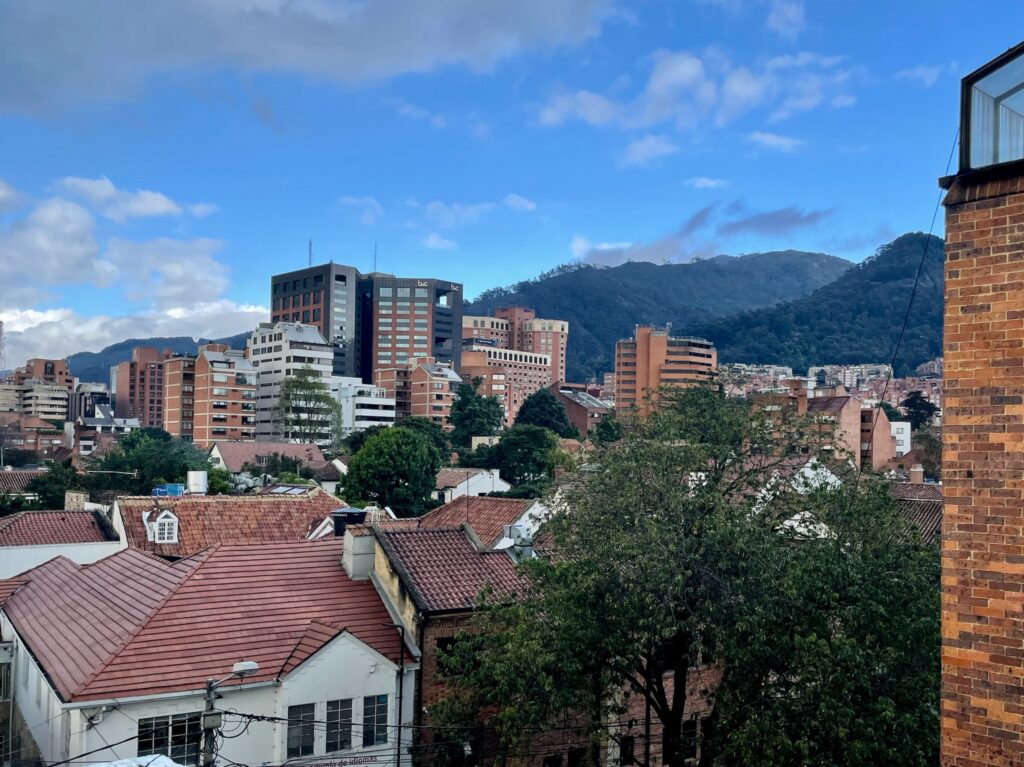
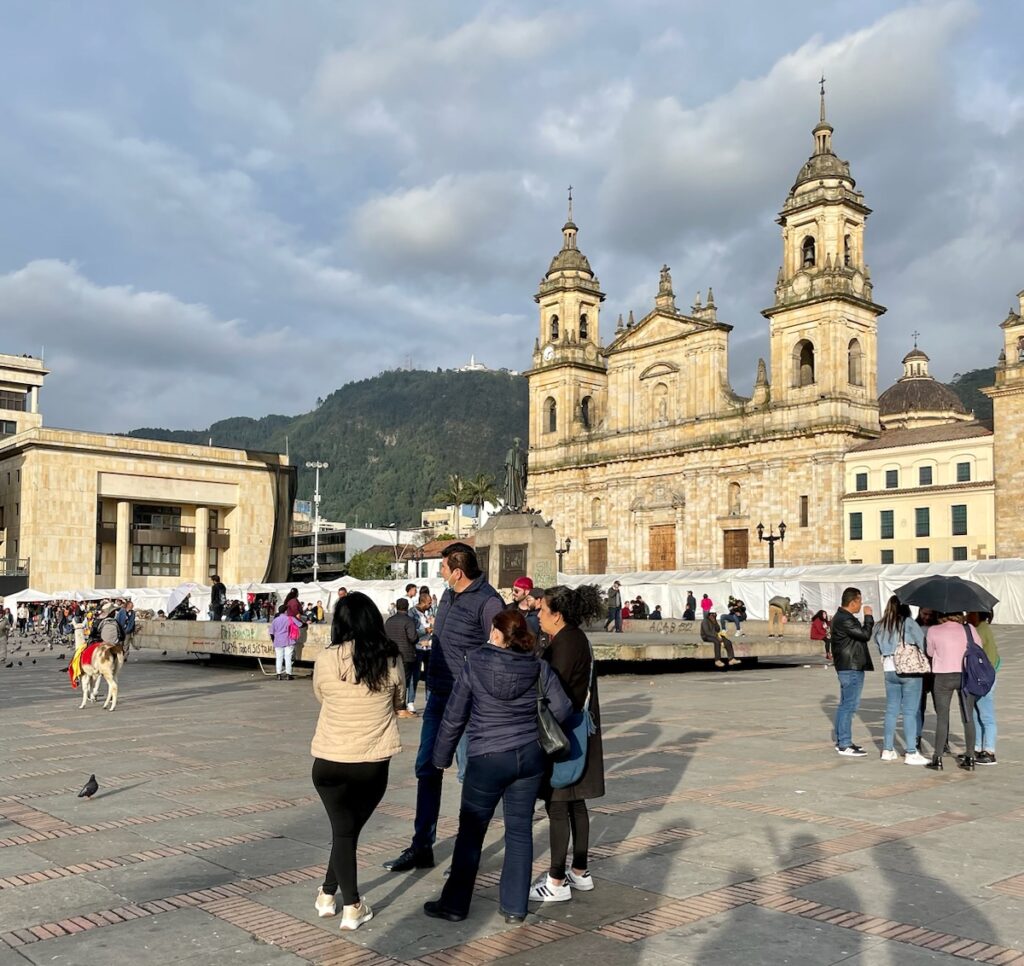
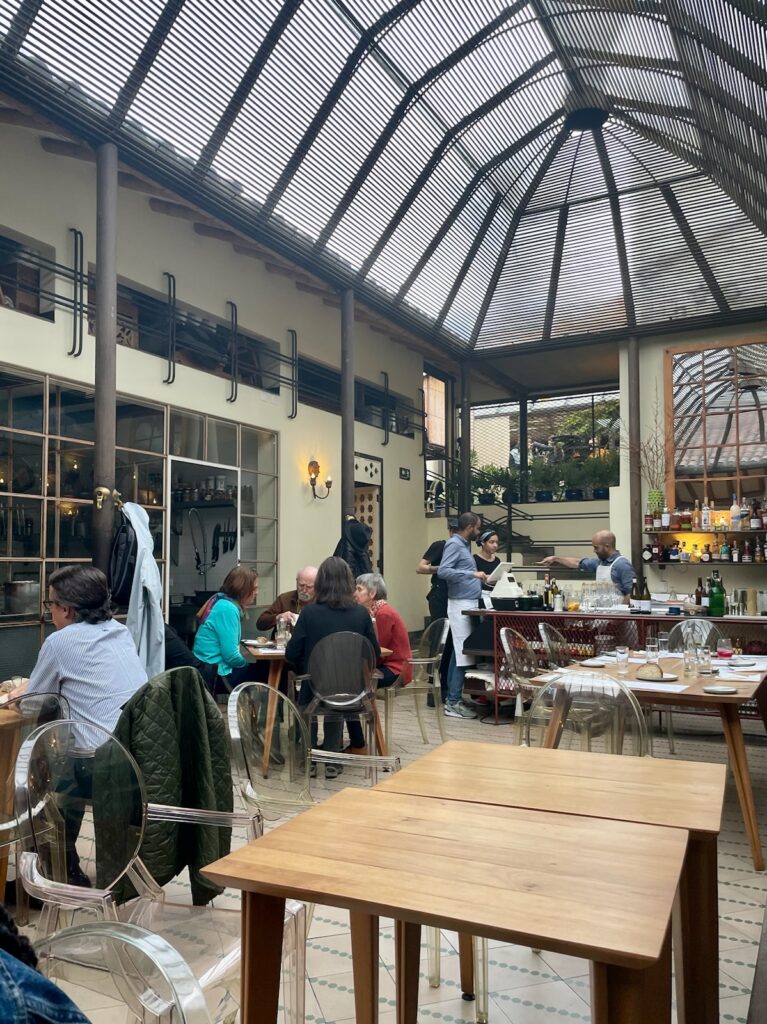
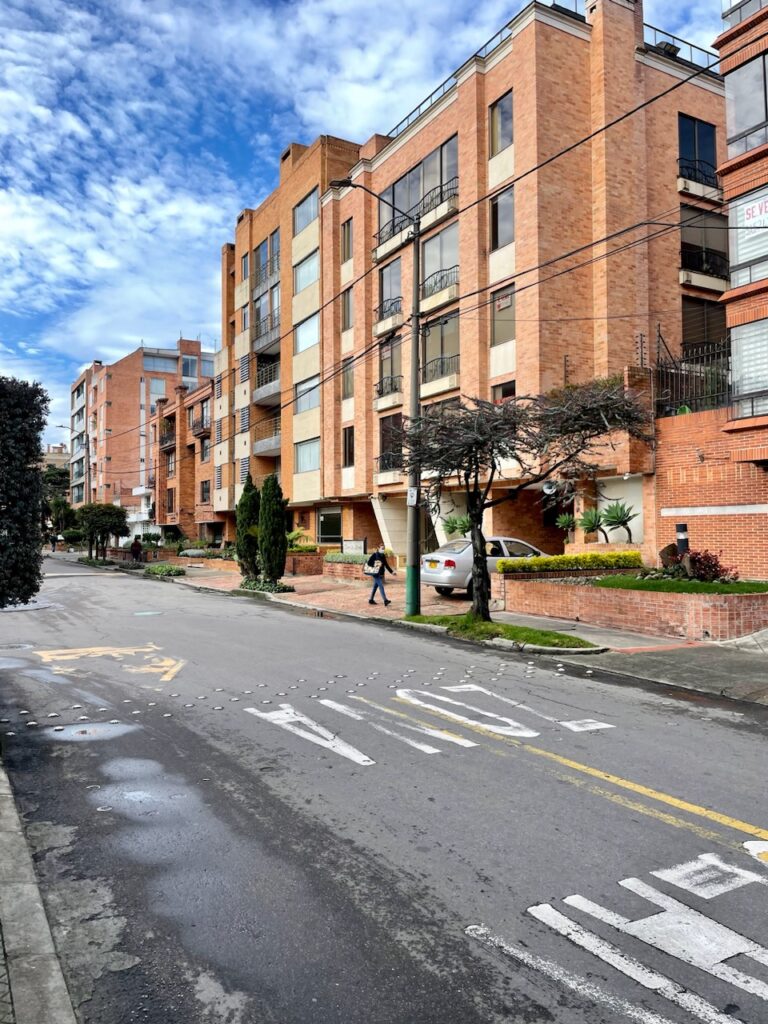
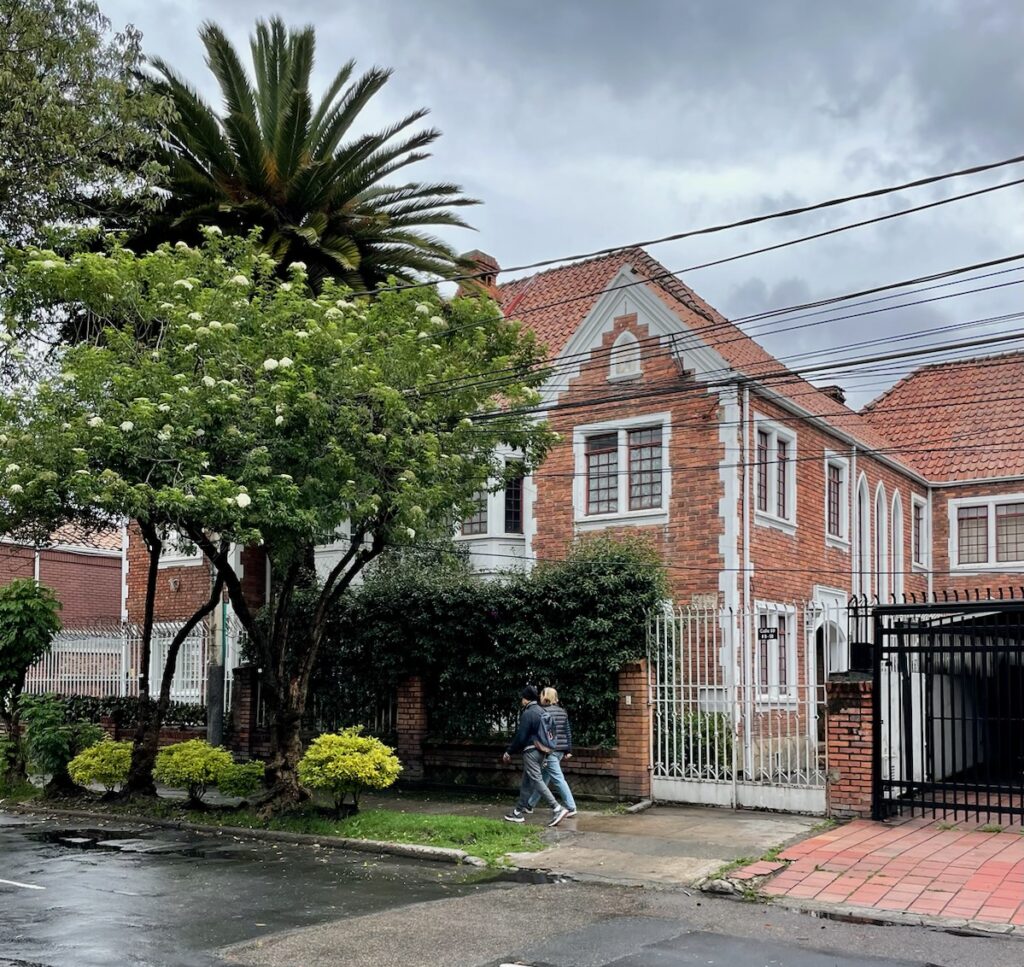
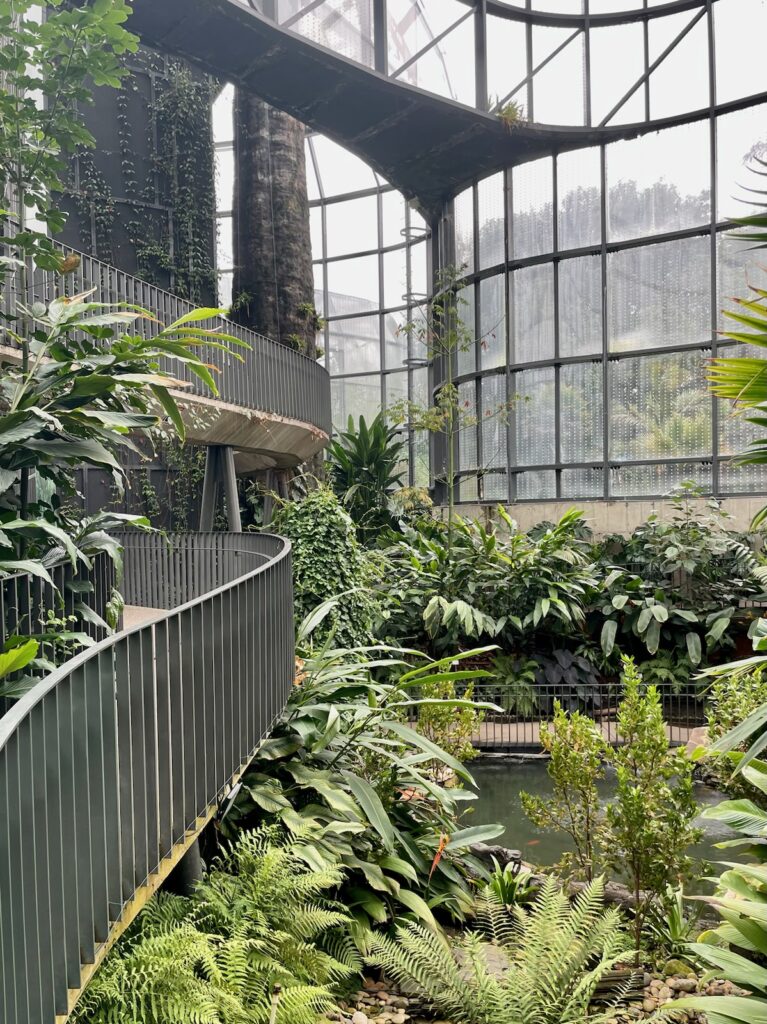
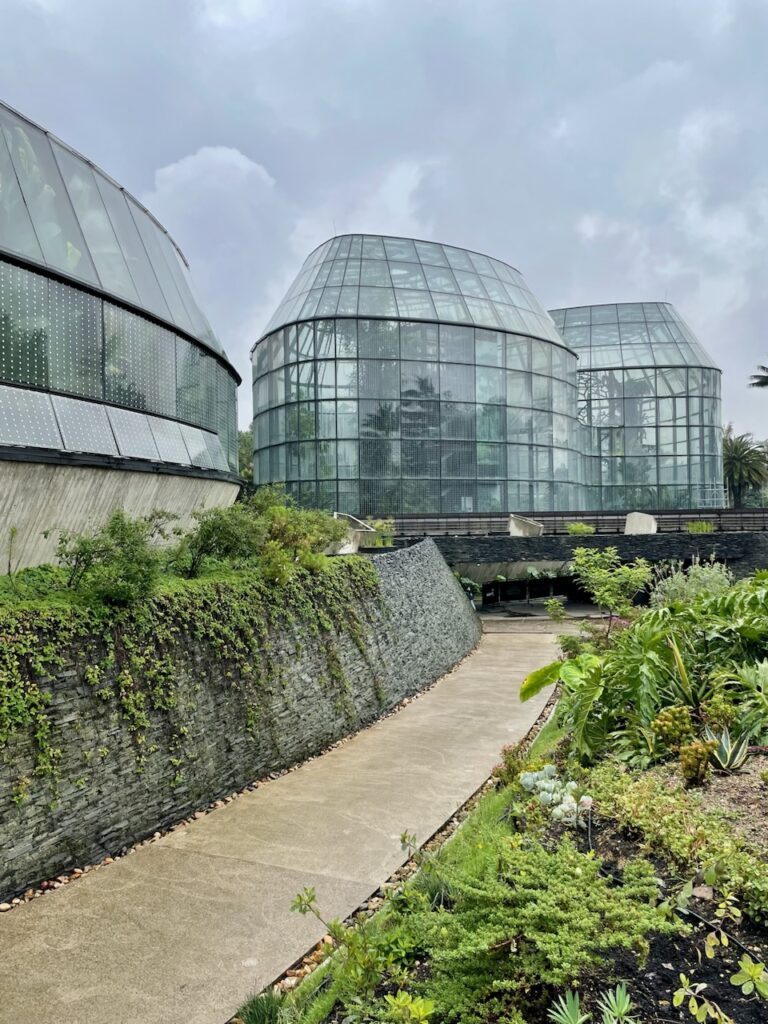


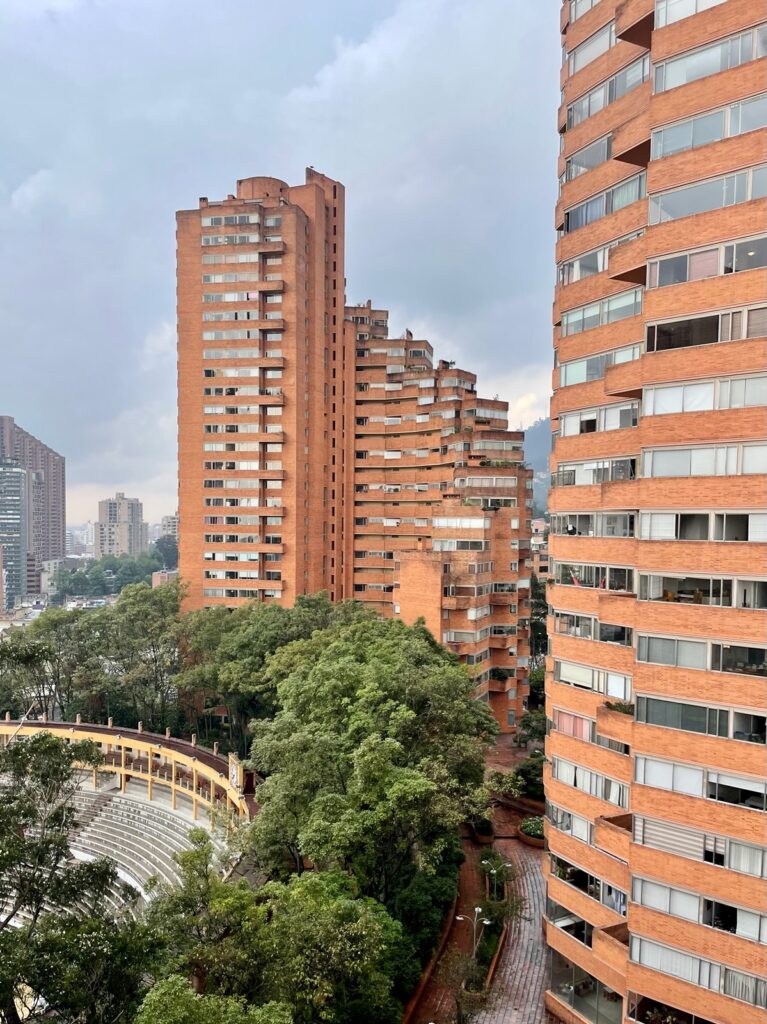

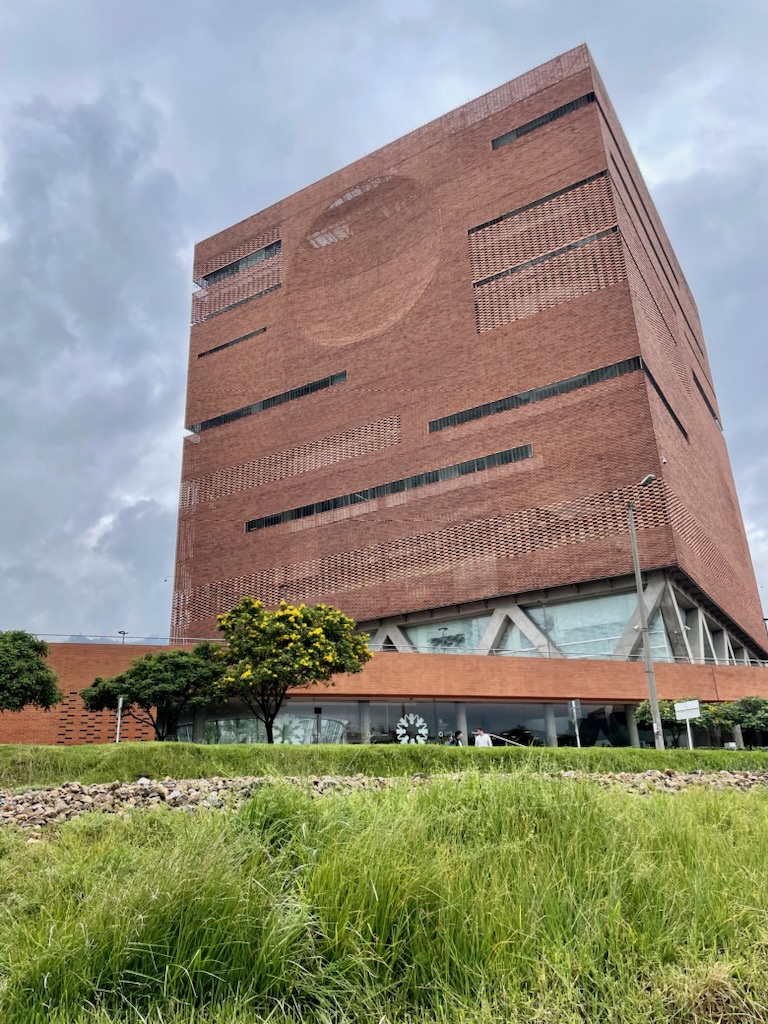



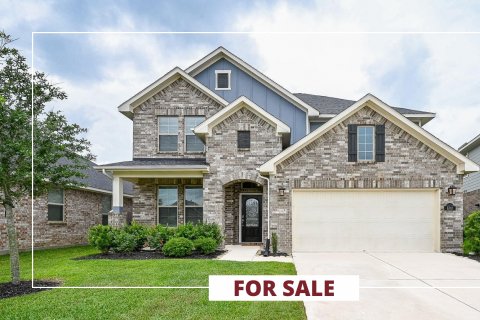

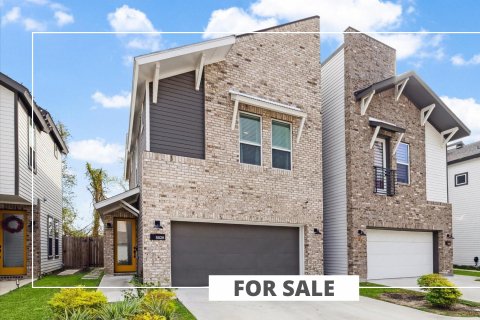

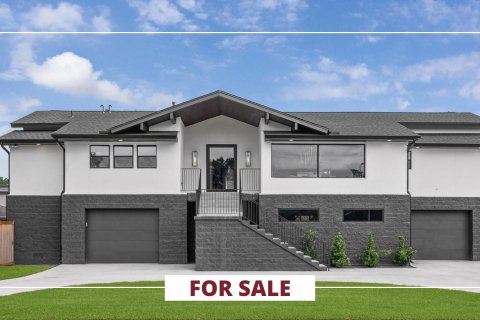

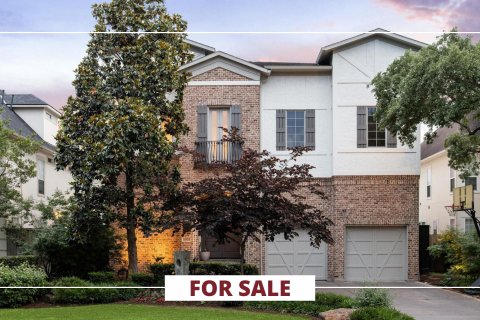




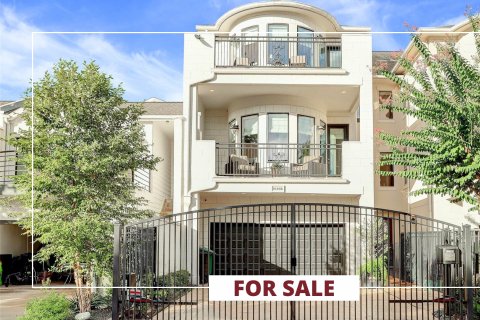
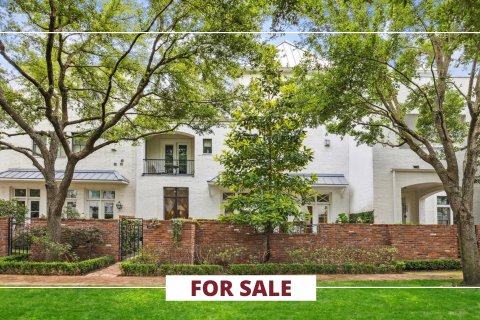
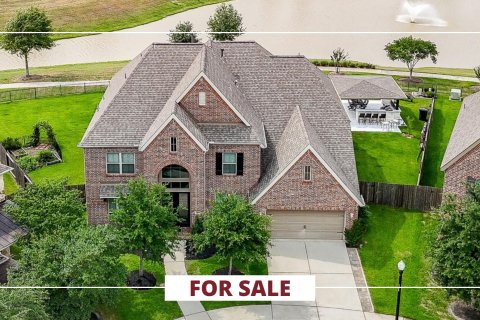


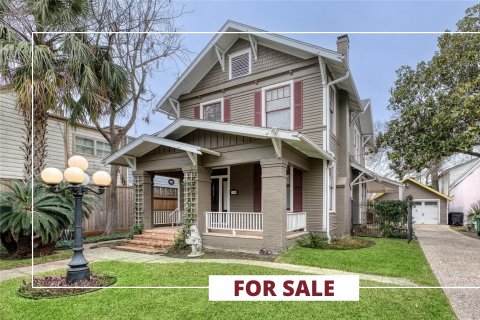

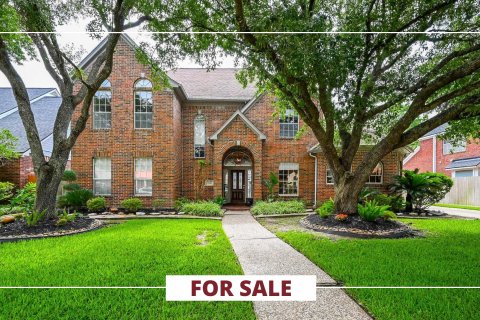

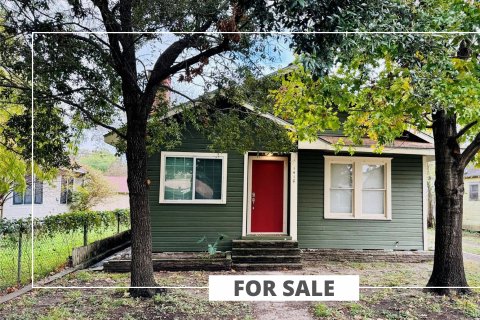

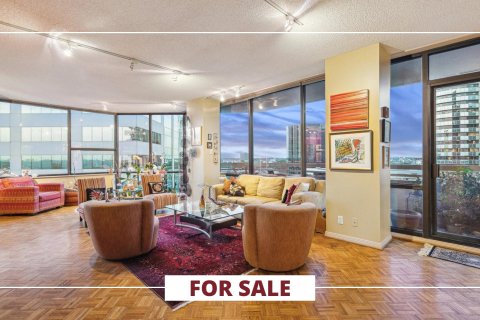


_md.jpg)

_md.jpg)
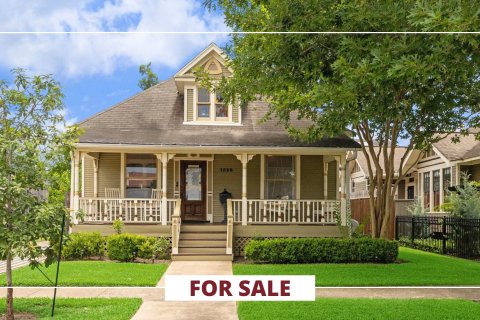
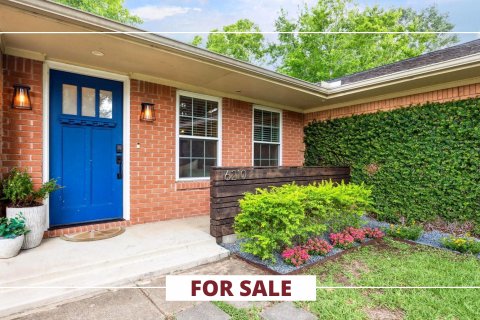

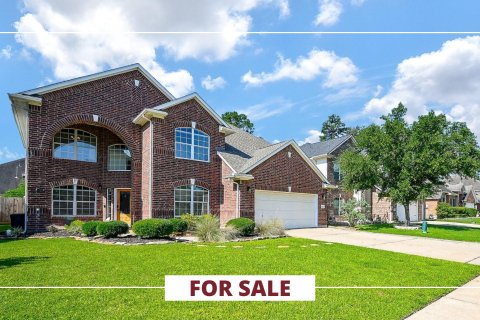
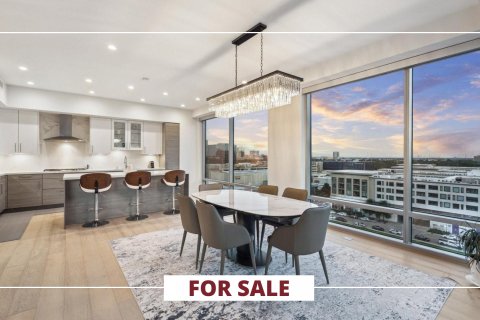
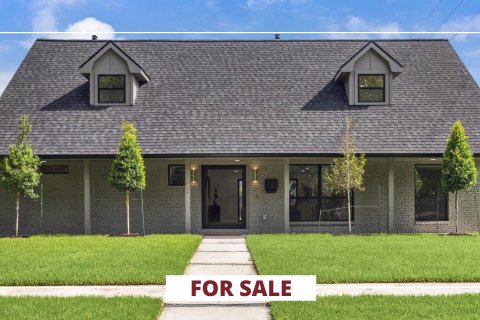
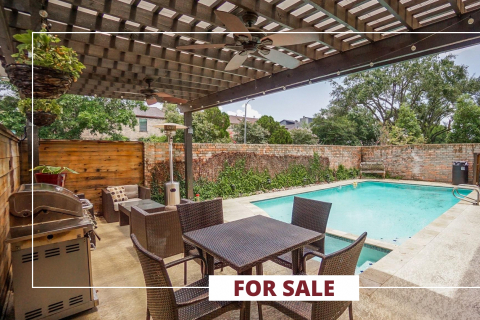

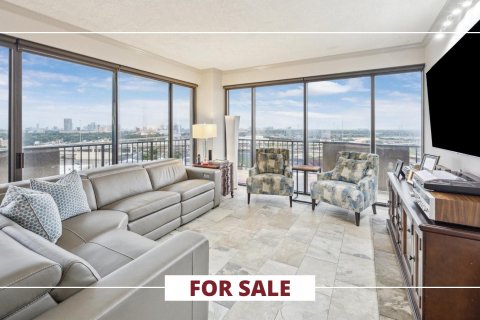
_md.jpg)



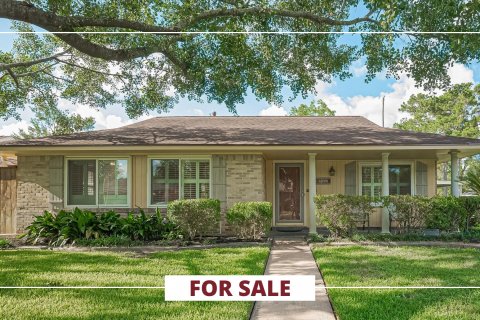

_md.jpg)


_md.jpg)
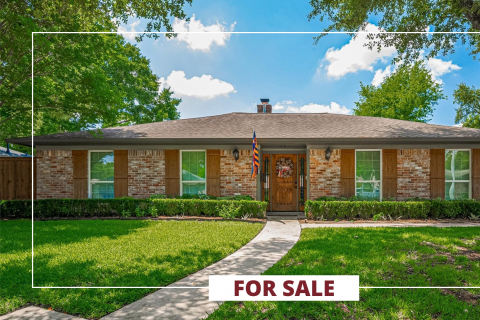
_md.jpg)
_md.jpg)

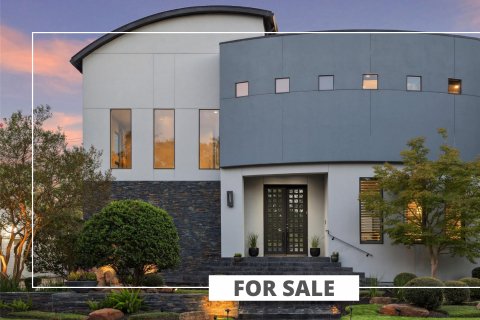
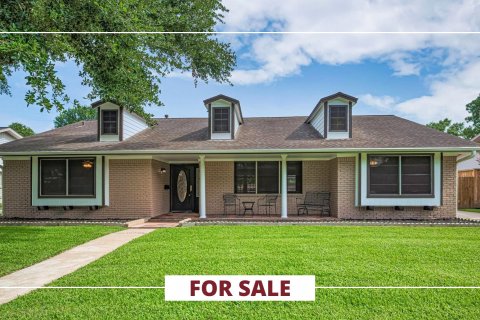
_md.jpg)
